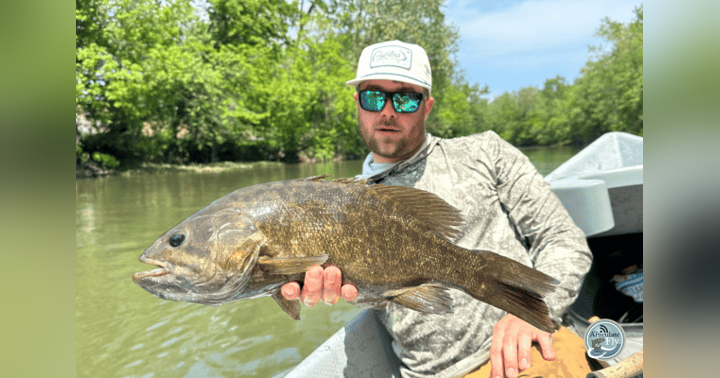HOW TO FLY FISH: CADDISFLIES (PART II): FISHING THE DRY

As I mentioned in Caddisflies (Part I): Larva and Emergers, most of the mayfly techniques described in earlier posts apply equally well to fishing caddis imitations. It always pays dividends to get current hatch information from your local fly shop or through online fishing reports or hatch charts. If you don’t have a local fly shop to lean on, Orvis’ Eastern Hatch Chart and Western Hatch Chart are good places to start. Just remember caddis don’t use calendars any more than mayflies do, so adjust the hatch charts based on current weather and local conditions.
The Elk Hair Caddis is my workhorse caddis dry imitation. It is easy to see and floats well. If you need it to sit a little lower on the water’s surface, you can trim the hackle on the bottom of the pattern. During a hatch’s early stages, it is often productive to fish a two fly rig with a soft hackle dropper. While we are often told achieving a dead drift is the key to successful dry fly fishing, caddis dries often benefit from a little movement. During a hatch, caddis often skitter along the water’s surface before they are fully airborne. Some females lay their eggs by returning to the water and repeatedly dabbing their abdomens on the water’s surface to dislodge the eggs. (Sometimes trout key on these egg laying caddis and fishing an imitation with a hot spot on its abdomen to represent the egg sac is very productive.) In both of these cases, a little twitch can be the key to elicit a strike.
At The Articulate Fly, we love questions! Please post a comment or send us your question.
Follow us on Facebook, Instagram, LinkedIn, Twitter or YouTube.




